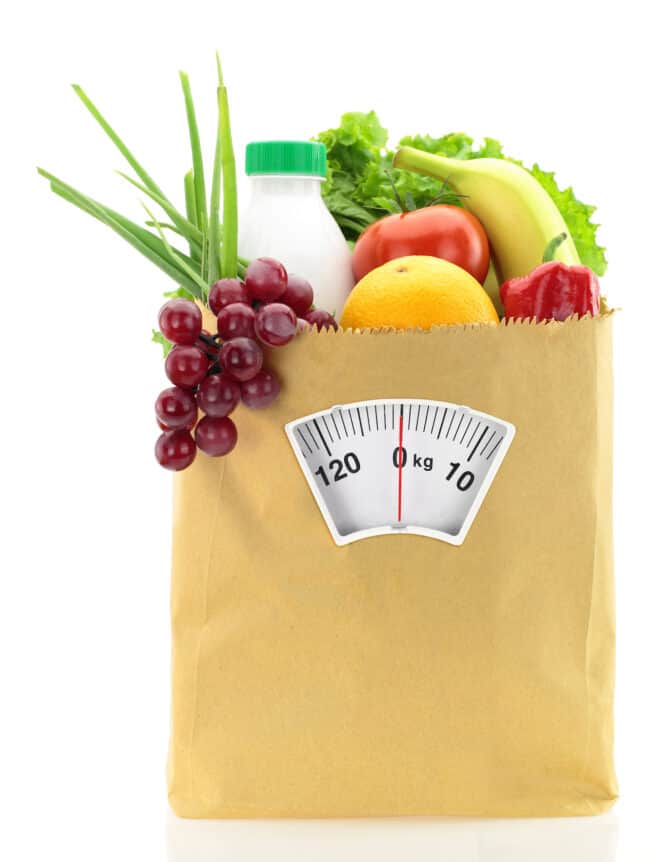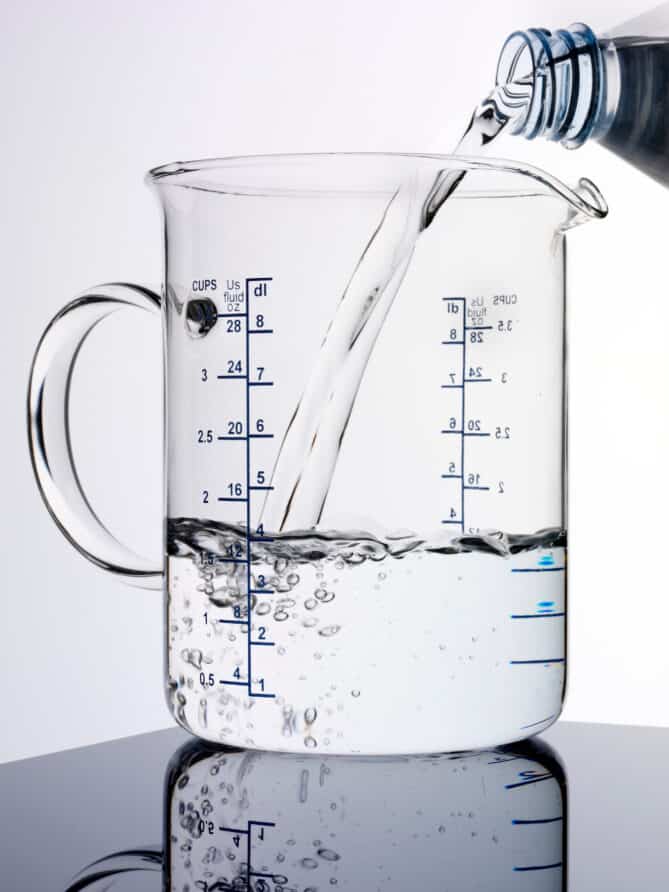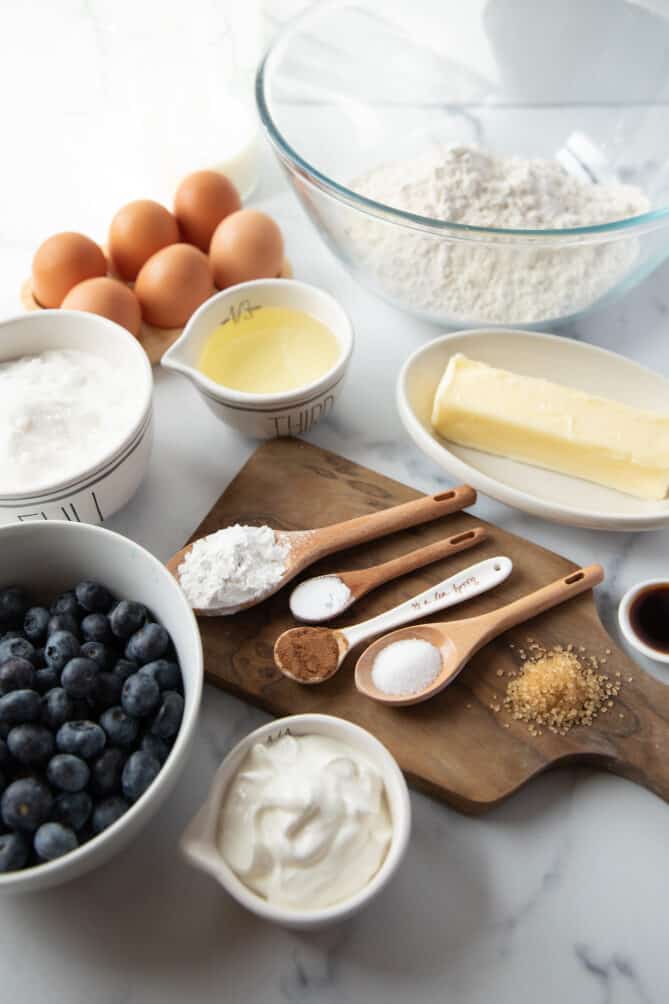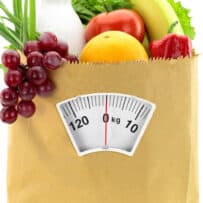U.S. to Metric Weights and Measures Conversions
I have so many recipes in my collection, with new ones added weekly, and many of these recipes are also British. Considering this, I’ve decided it is necessary to have U.S. to Metric Weights and Measures Conversions in the recipes to avoid any confusion and I’m breaking it all down for you here, also known as Imperial to Metric.

When writing a recipe, I like to spell out all my measurements. For example, I write tablespoon instead of tbsp. This is a personal choice, but it also prevents any error in reading because tbsp is very close to tsp and can easily be mistaken.
Below, I have created a comprehensive guide, as well as the necessary abbreviations.
Recipe Measurement Abbreviations
- fl. oz = fluid ounce
- Ml = milliliter
- L = liter (litre)
- Gal = gallon
- g = gram
- Oz = ounce
- Pt. = pint
- Pkg. = package
U.S. to Metric Weights and Measures Conversions

Imperial/U.S. to metric dry weight conversions
The one conversion I use often in recipes for my British readers, is imperial/U.S. to metric conversions. Ounces to grams, pounds to grams and kilograms, cups to milliliters, pints, etc.
The American measuring cup is not an accurate way of measuring dry ingredients. This is especially important for items like flour which is more accurate when measured by weight, which is very important for baking.
When dry measurement conversions are taken into consideration, this topic strikes up quite the conversation because of the U.S. cup measurement. As mentioned above, flour is best measured by weight. However, most people in the U.S. use a measuring cup which is not always an accurate way of measuring if the flour is not leveled off perfectly in the cup.

To properly use a measuring cup for flour, you must first spoon the flour into the cup, then level it off perfectly on top with the back of a knife. But a scale is more accurate.
If you like doing calculations, you can easily convert ounces to milliliters my multiplying ounces by 29.57. e.g 2 ounces x 29.57 = 59.14 milliliters.
- ½ ounce = 14.18 grams
- 1 ounce = 28.35 grams
- 4 ounces (¼ pound) = 113.4 grams
- 8 ounces (½ pound) = 226.8 grams
- 16 ounces (1 pound) = 453 grams

Liquid Measurement Conversion – Cups, Fluid Ounces, Milliliters
With liquid measuring and converting to milliliters, the usual practice is to round-up. For instance, ⅓ cup of liquid measures exactly 78 milliliters and 1 cup of liquid is 236 milliliters. However, most of the time you see them rounded up. For instance, 78 milliliters to 80 milliliters and 236 milliliters to 240 milliliters. You get the idea.
- ¼ cup/2 fluid ounces = 60 milliliters
- ⅓ cup/3 fluid ounces = 80 milliliters
- ½ cup/4 fluid ounces = 120 milliliters
- ⅔ cup/5 fluid ounces = 160 milliliters
- ¾ cup/6 fluid ounces = 180 milliliters
- 1 cup/8 fluid ounces = 240 milliliters
- 2 cups/16 fluid ounces = 480 milliliters
Liquid Measurement Conversion – Larger Measurements Gallons, Quarts, Pints, Liters/Litres
- 1 gallon = 4 quarts/8 pints/3.8 liters/litres
- 1 pint = 0.5 quarts/0.12 gallons/0.47 liters/litres
- 1 quart = 0.25 gallons/2 pints/0.95 liters/litres

Liquid and Dry Conversion – Teaspoons to Milliliters
- ⅛ teaspoon = 0.5 milliliter
- ¼ teaspoon = 1 milliliter
- ½ teaspoon = 2.5 milliliters
- 1 teaspoon = 5 milliliters
- 1 tablespoon = 15 milliliters
- 2 tablespoons/1 fluid ounce = 30 milliliters
Oven Temperature Conversion
Another equivalent I keep a quick reference guide for is oven temperature conversions. In the U.S., oven temperatures go by fahrenheit. But in the U.K., some ovens have them in celsius (centigrade as it used to be known) and/or numbers or ‘gas marks’.
- 275°F = 140°C = 120°C fan = Gas mark 1
- 300°F = 150°C = 130°C fan = Gas mark 2
- 325°F = 160°C = 140°C fan = Gas mark 3
- 350°F = 180°C = 160°C fan = Gas mark 4
- 375°F = 190°C = 170°C fan = Gas mark 5
- 400°F = 200°C = 180°C fan = Gas mark 6
I hope you found this U.S. to Metric Weights and Measures Conversions information helpful. Please leave a comment below with your thoughts.

